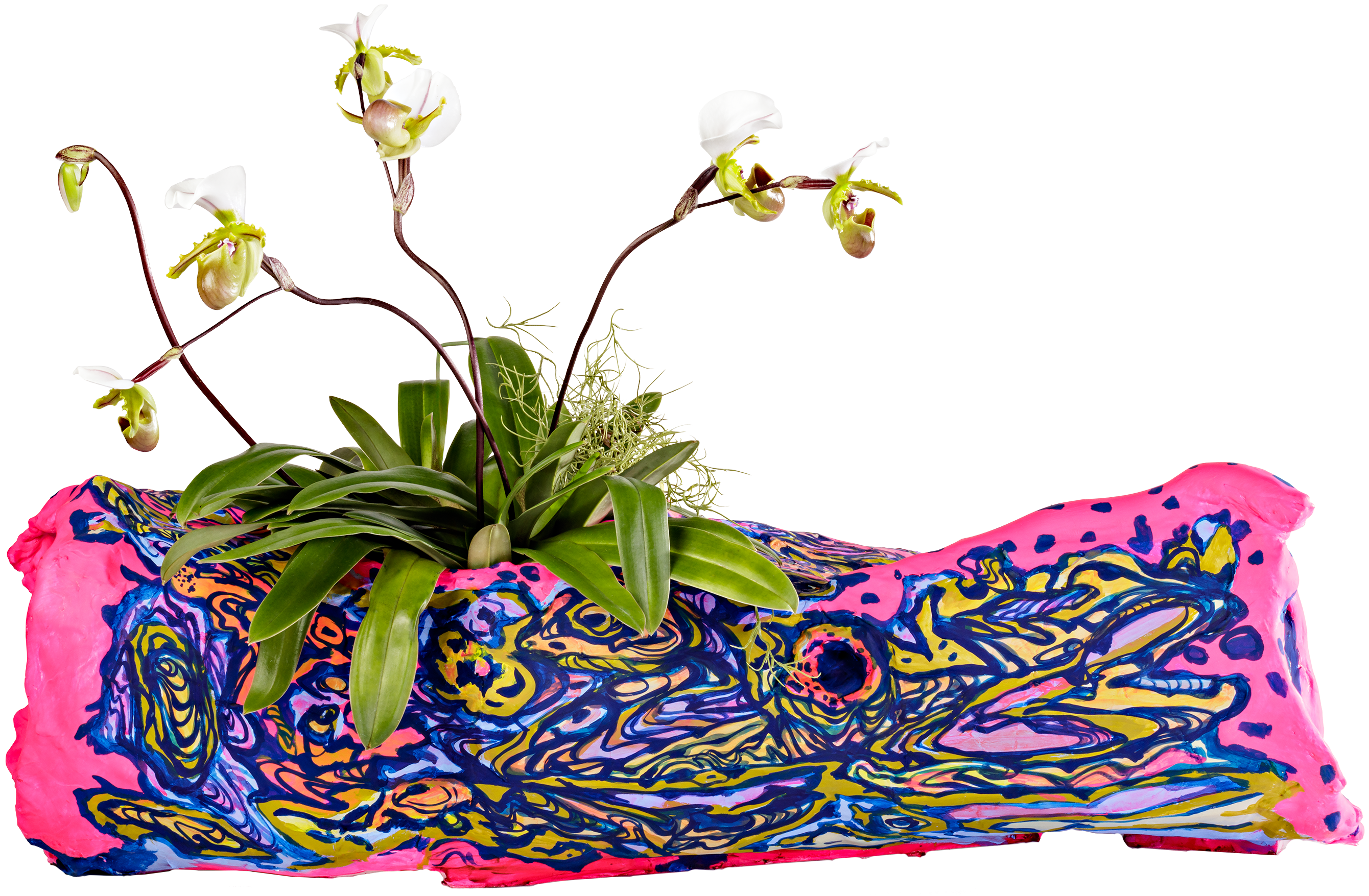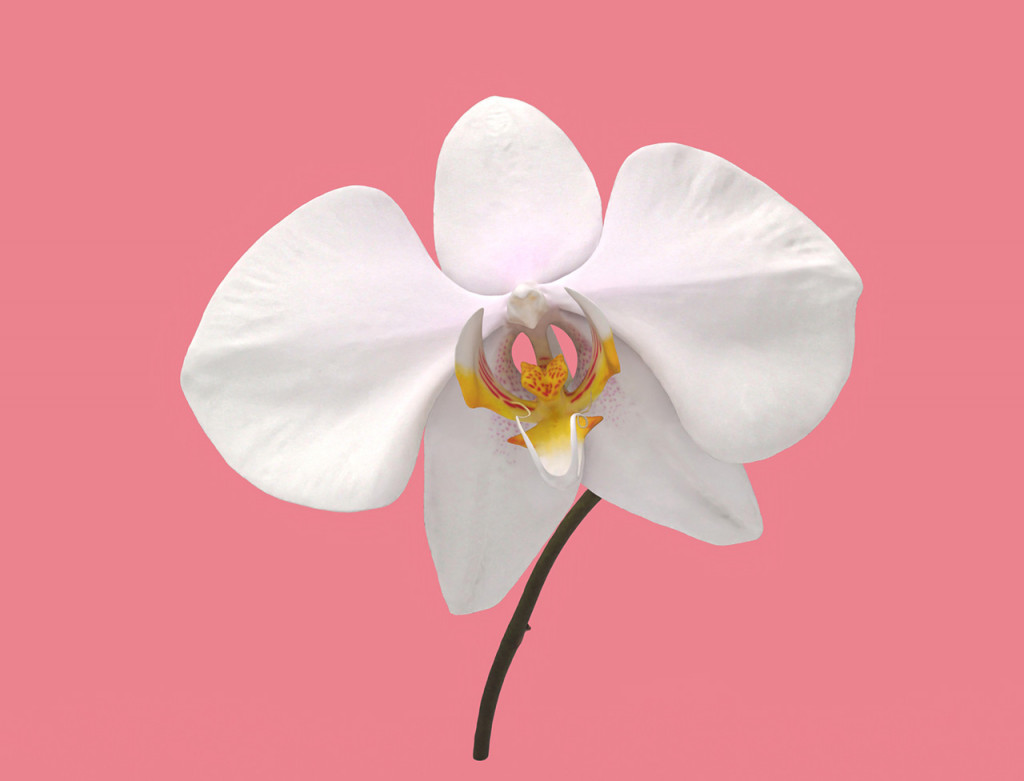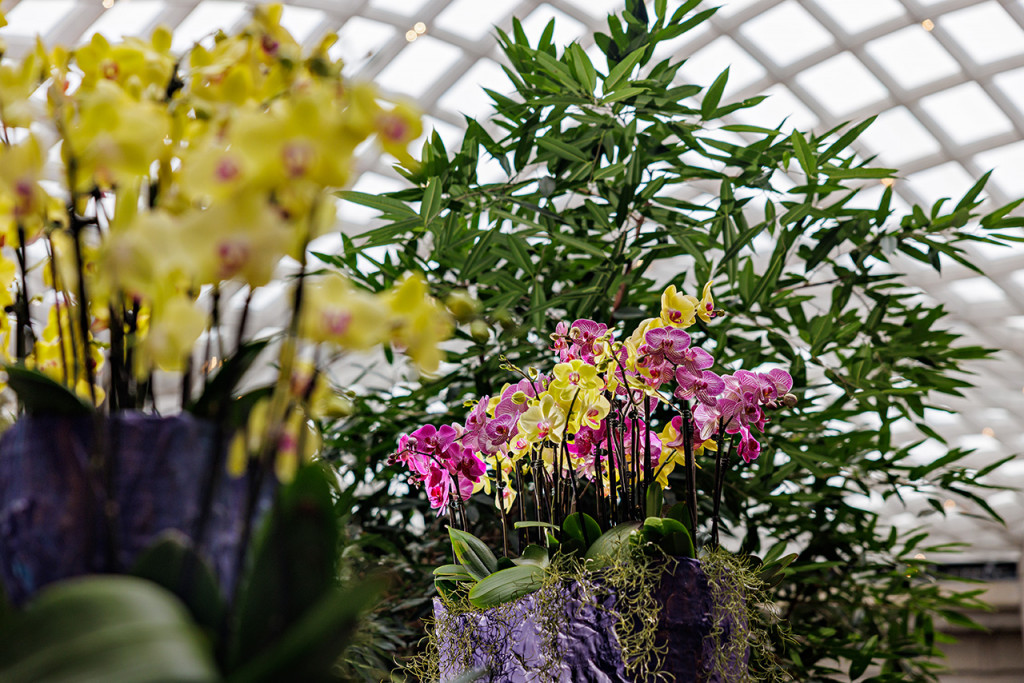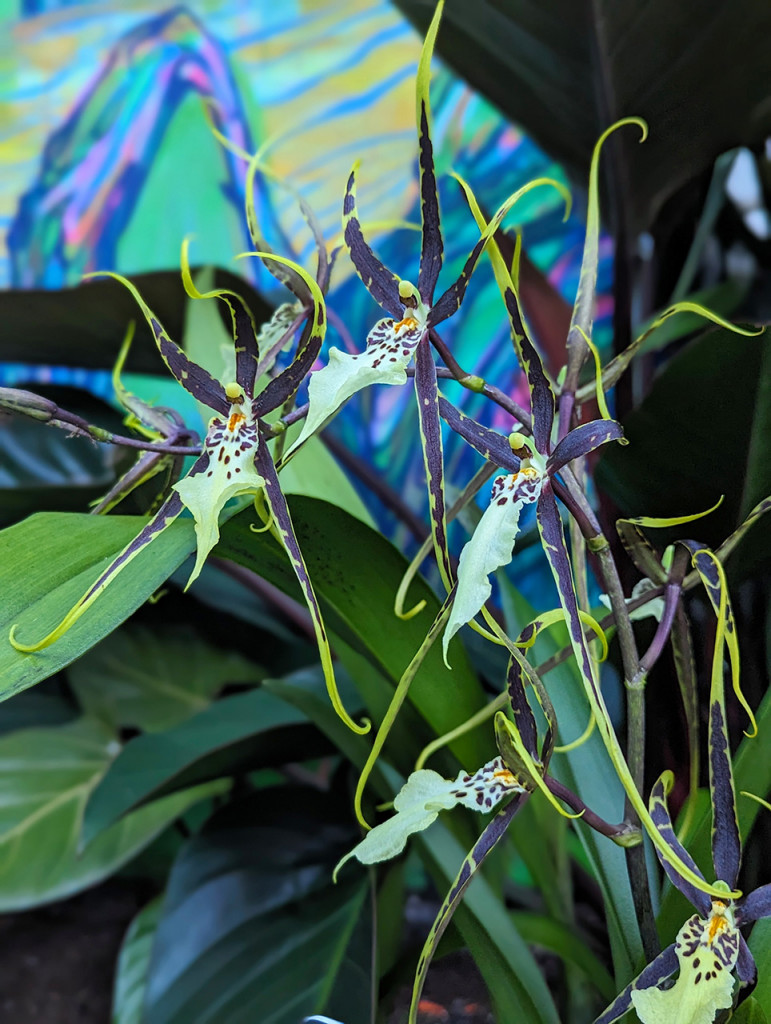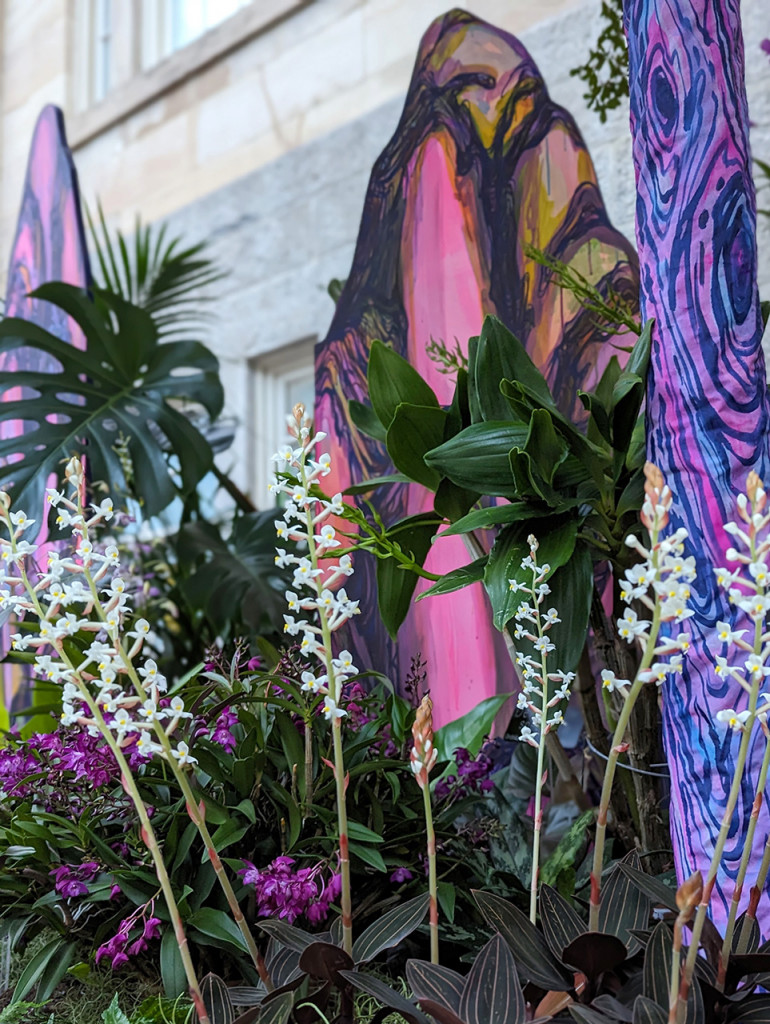For centuries, orchids have brought us inspiration. Today, orchids also inspire conservation – the work to protect our environment for the future.
The beauty of an orchid goes well beyond its handsome blooms. Orchids are an interconnected and integral part of their ecosystems.
Orchid species flourish when the soil, light, and temperature are just right. Many rely on certain pollinators to carry their genes from flower to flower for reproduction. Others require the presence of a particular fungus in order to survive to adulthood and flower.
Due to their complex relationships with so many elements in their environment, it’s fair to say that when orchids thrive it’s an indication of a healthy habitat.
Durante siglos, las orquídeas nos han servido de inspiración. Hoy en día, las orquídeas también son una inspiración para la conservación: el trabajo para proteger nuestro medio ambiente para el futuro.
La belleza de una orquídea va mucho más allá de sus hermosas flores. Las orquídeas son una parte interconectada e integral de sus ecosistemas.
Las especies de orquídeas florecen cuando el suelo, la luz y la temperatura son las adecuadas. Muchas dependen de ciertos polinizadores para que sus genes pasen de flor en flor para la reproducción. Otras requieren la presencia de un hongo en particular para sobrevivir, llegar a la adultez y florecer.
Debido a sus complejas relaciones con tantos elementos en su entorno, se puede decir que el hecho de que las orquídeas prosperen es un indicio de un hábitat saludable.

